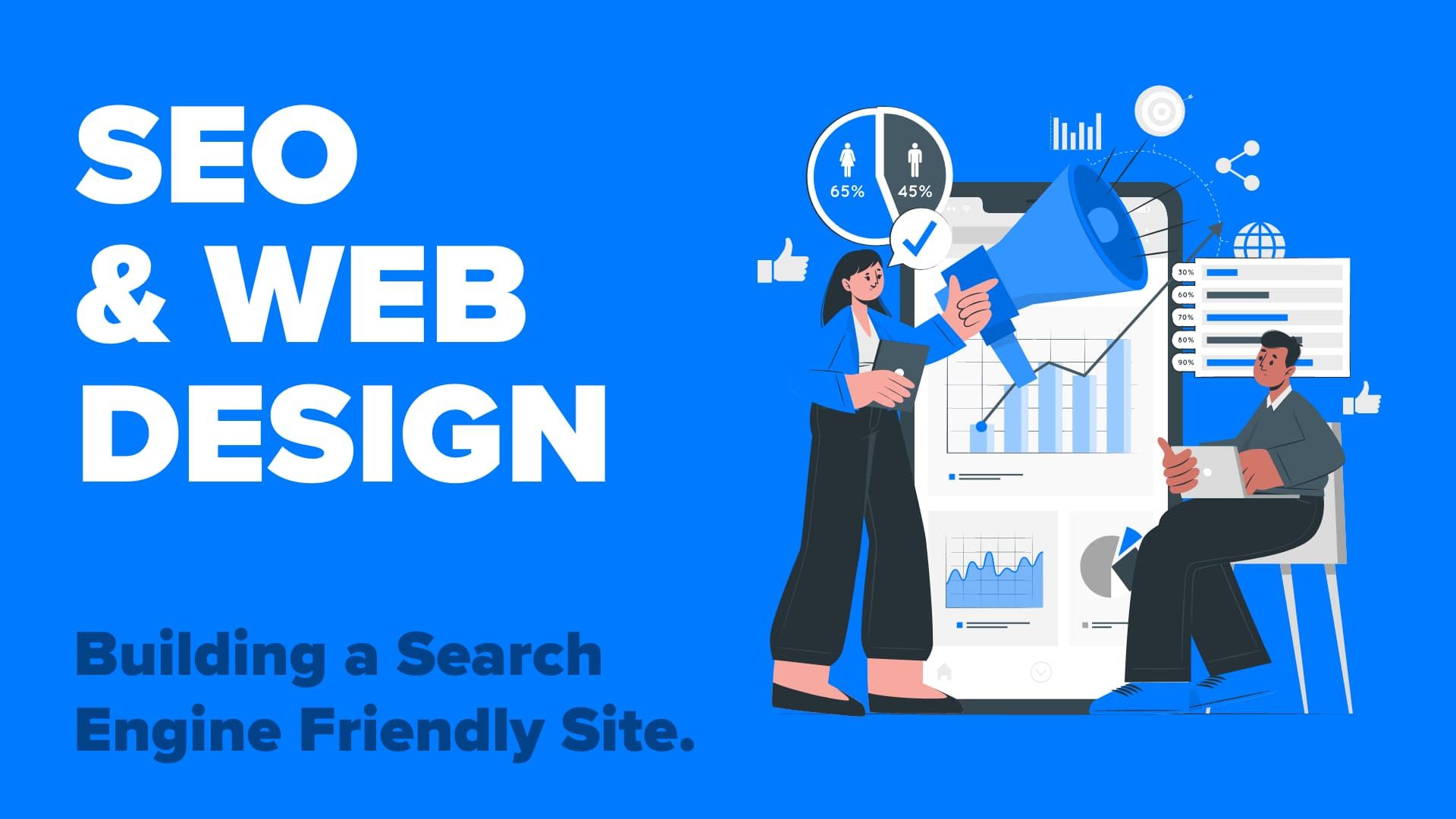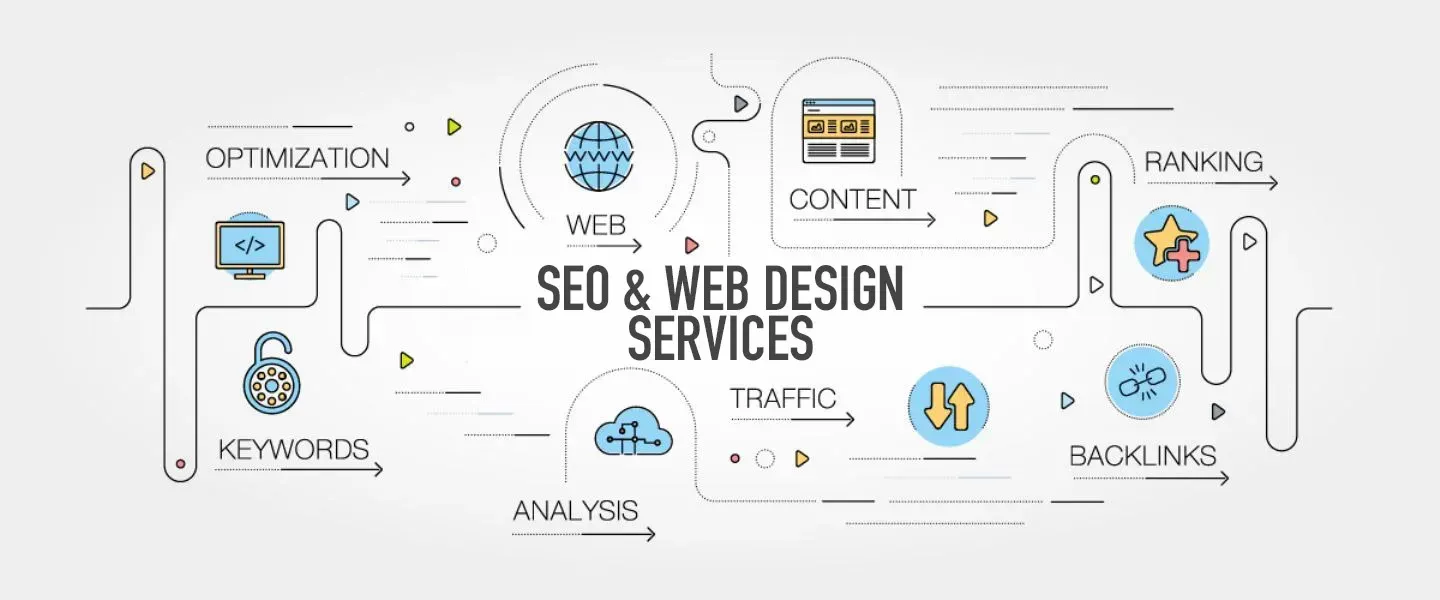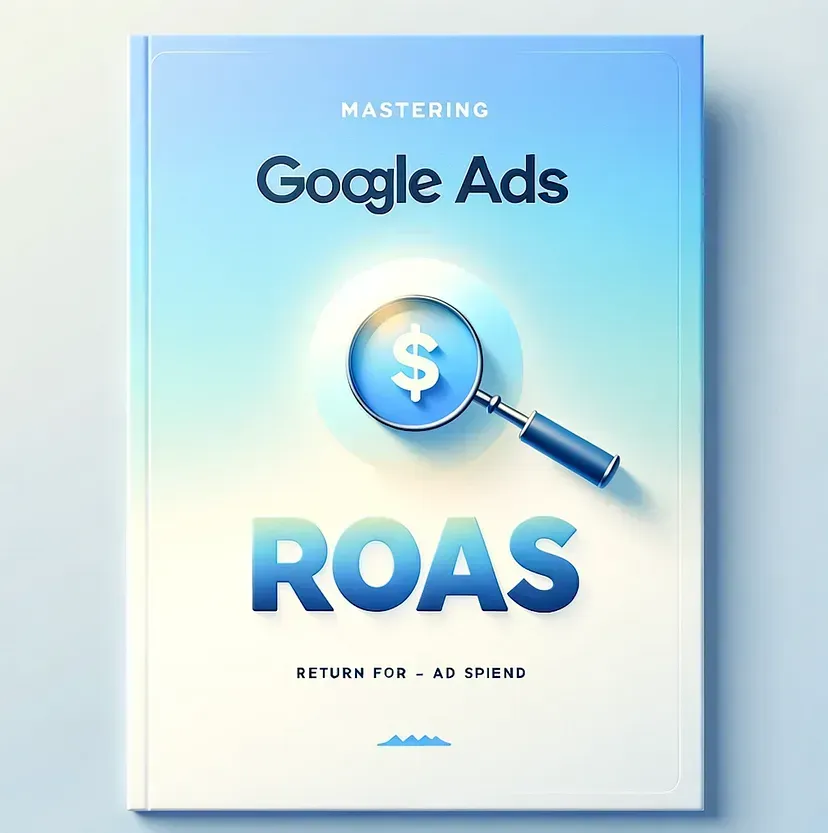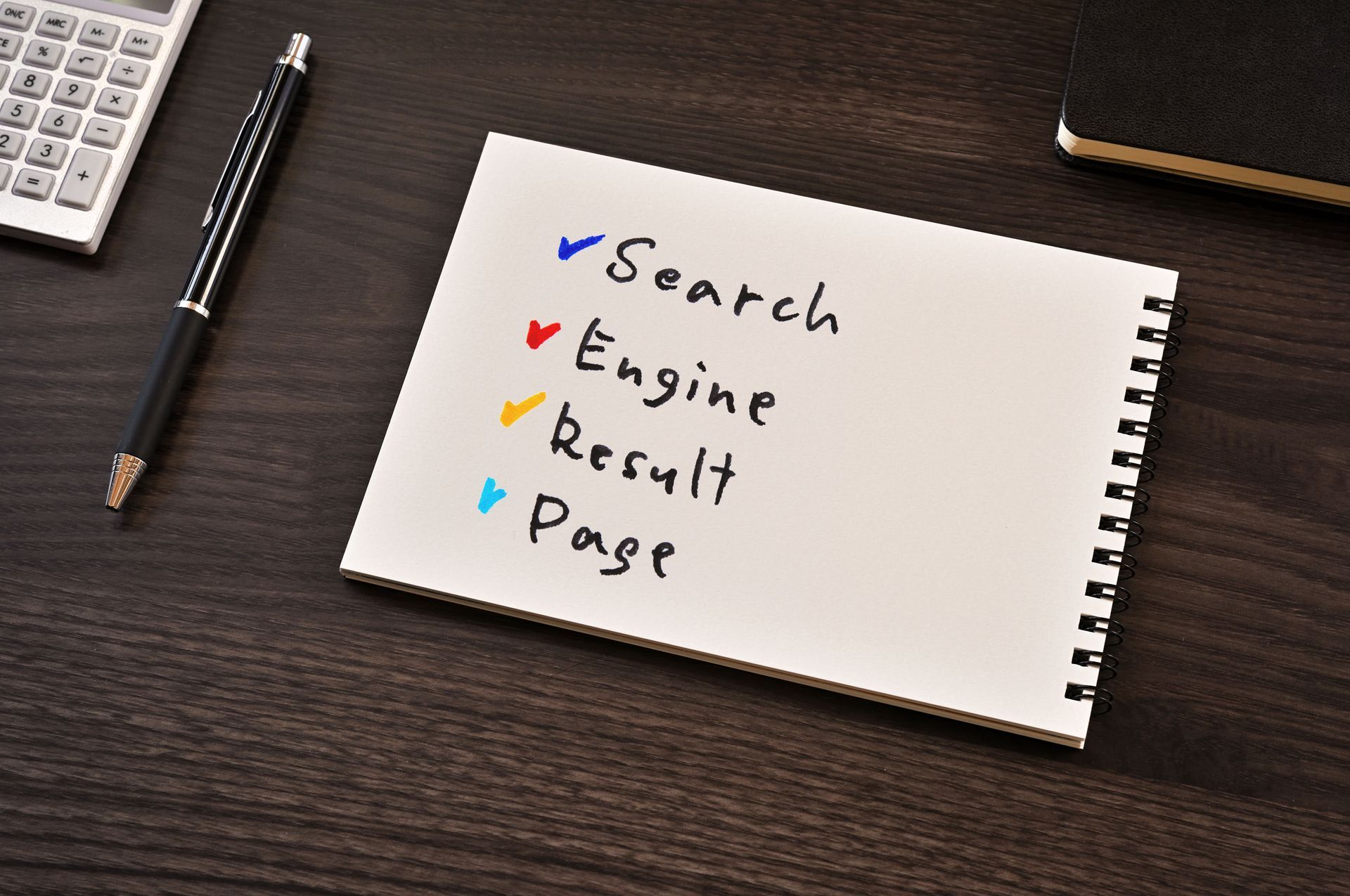Combining SEO and Web Design: Building a High-Ranking, High-Converting Website for 2024
In the digital age, a well-designed website is more than just a visual asset; it’s a critical component of your business strategy. As we move further into 2024, the convergence of SEO (Search Engine Optimization) and web design has become pivotal in building websites that not only capture attention but also convert visitors into loyal customers. The synergy between these two elements ensures that your website is not only appealing and user-friendly but also optimized for search engines, enhancing its visibility and performance.
A high-ranking website draws organic traffic, while an effective web design fosters a positive user experience, leading to higher conversion rates. By integrating SEO principles into your web design process, you create a seamless experience that meets both user needs and search engine criteria. This holistic approach is essential for standing out in today’s competitive online landscape.
In this comprehensive guide, we will explore the critical aspects of combining SEO and web design, focusing on how to build a high-ranking, high-converting website. We will delve into the core principles of SEO, the essentials of effective web design, and the strategies to merge these elements harmoniously. Whether you’re revamping an existing site or starting from scratch, understanding how to blend SEO with web design will empower you to achieve better results and drive your online success.
Understanding SEO and Web Design
To effectively combine SEO and web design, it’s essential to grasp what each entails and how they intersect. Let’s break down each component and explore how they work together to enhance your website’s performance.
What is SEO?
SEO, or Search Engine Optimization, is a set of practices aimed at improving a website’s visibility in search engine results pages (SERPs). It involves various strategies designed to boost a site’s relevance and authority. Here’s a closer look:
- Keyword Research: Identifying the terms and phrases users are likely to search for related to your content. This helps in targeting the right audience and optimizing your site for those queries.
- On-Page Optimization: Enhancing individual pages on your site to rank higher. This includes optimizing titles, meta descriptions, headers, and content to make them more relevant to search queries.
- Link Building: Acquiring links from other reputable sites to your own. High-quality backlinks improve your site’s authority and search engine ranking.
These practices ensure that your website is easily discoverable by search engines and meets the criteria for ranking well.
What is Web Design?
Web design focuses on creating the visual and functional aspects of a website. It involves several key elements:
- Layout: The arrangement of content and visual elements on a page. A well-organized layout enhances readability and user engagement.
- Color Schemes: Choosing colors that reflect your brand and create a visually appealing experience. Effective color use can influence user behavior and perception.
- Typography: The style and appearance of text on your site. Clear and readable fonts improve user experience and make content more accessible.
- Overall Aesthetics: The general look and feel of your website. Good design ensures that your site is not only attractive but also functional and easy to use.
Effective web design makes a site visually appealing and ensures it is user-friendly, responsive, and easy to navigate.
The Intersection of SEO and Web Design
The real magic happens at the intersection of SEO and web design. Here’s how they work together:
- Site Structure: A well-structured website with a clear hierarchy and intuitive navigation helps search engines crawl and index your content more effectively. This includes having a logical URL structure and easy-to-use menus.
- User Experience (UX): Good web design contributes to a positive user experience, which is a key factor in SEO. A site that is easy to navigate and aesthetically pleasing encourages visitors to stay longer and engage more with your content.
- SEO-Driven Design Elements: Incorporating SEO principles into design elements enhances both search engine visibility and user experience. For example:
- Optimized Images: Properly sized and tagged images improve load times and help search engines understand your content.
- Proper Metadata: Using relevant metadata (such as alt text for images) helps search engines index your content and improves accessibility.
By integrating SEO into your web design process, you create a website that excels in both search engine rankings and user engagement. This dual focus not only improves visibility but also enhances user satisfaction, leading to a more successful online presence.
The Role of SEO in Web Design
SEO (Search Engine Optimization) is integral to web design, significantly impacting how a website is structured and how its content is presented. By incorporating SEO practices into the design process, you can enhance search engine rankings and improve overall site performance. Here's how:
Keyword Research and Placement
- Identifying Relevant Keywords:
- Conduct thorough keyword research to determine which terms and phrases are most relevant to your business and audience.
- Utilize tools such as Google Keyword Planner, Ahrefs, or SEMrush to discover high-traffic keywords.
- Incorporating Keywords Naturally:
- Integrate these keywords seamlessly into your website’s content, including headings, body text, and meta descriptions.
- Ensure that keywords fit naturally into the text to avoid keyword stuffing, which can harm your SEO.
- Optimizing Titles and Meta Descriptions:
- Use keywords in page titles and meta descriptions to help search engines understand the content of your pages.
- Craft compelling meta descriptions that encourage users to click through from search engine results pages (SERPs).
By focusing on effective keyword research and placement, you help search engines grasp what your site is about, boosting your chances of ranking higher for those terms.
Technical SEO Considerations
- Mobile-Friendliness:
- Ensure your website design is responsive, meaning it adapts to various screen sizes, including smartphones and tablets.
- Test your site’s mobile compatibility using tools like Google’s Mobile-Friendly Test.
- Page Speed:
- Optimize your website’s load times by compressing images, leveraging browser caching, and minimizing HTTP requests.
- Faster-loading pages enhance user experience and are favored by search engines.
- Secure Connections (HTTPS):
- Implement SSL (Secure Sockets Layer) certificates to secure your website with HTTPS.
- HTTPS is not only essential for user security but also a ranking factor for search engines.
Addressing these technical aspects ensures that your website provides a positive user experience and meets search engine requirements, contributing to better rankings and performance.
Website Structure
- Clear Hierarchy:
- Organize your website with a logical structure that reflects the importance of different pages.
- Use a clear hierarchy with main categories and subcategories to make navigation intuitive.
- Descriptive URLs:
- Create URLs that are descriptive and include relevant keywords. For example, use “/services/seo” instead of “/page1”.
- Descriptive URLs help search engines and users understand the content of the page.
- Optimizing Header Tags:
- Utilize header tags (H1, H2, H3) to structure content and highlight key sections.
- Incorporate relevant keywords in header tags to improve SEO and enhance readability.
- Internal Linking:
- Implement internal links to connect related pages within your site.
- This helps search engines crawl your site more effectively and distributes link authority across your pages.
A well-organized website structure facilitates better crawling and indexing by search engines, improving overall SEO and making it easier for users to navigate your site.

Designing for User Experience (UX) and Conversion Rate Optimization (CRO)
Effective web design extends beyond mere aesthetics; it centers on creating a positive user experience (UX) and optimizing for conversion rates (CRO). A well-crafted website does more than capture attention—it actively encourages users to take desired actions, such as making a purchase or signing up for a newsletter. Here’s a detailed look at how UX and CRO contribute to a successful website:
User Experience (UX) Design
User experience (UX) design focuses on creating an intuitive and enjoyable interaction for visitors. Key aspects include:
- Intuitive Navigation: Ensure that users can easily find what they’re looking for. A well-organized navigation menu helps visitors quickly access different sections of the site.
- Visual Appeal: A visually attractive design draws users in and keeps them engaged. Use consistent colors, typography, and images that align with your brand’s identity.
- Responsiveness: Your website must perform well across various devices, including desktops, tablets, and smartphones. Responsive design ensures that your site adapts to different screen sizes, providing a seamless experience for all users.
- Clear Calls-to-Action (CTAs): Effective CTAs guide users towards taking specific actions, such as making a purchase or filling out a contact form. Ensure that CTAs are prominently placed and clearly labeled to drive user interaction.
- Fast Loading Pages: Page speed is critical for a positive UX. Slow-loading pages can frustrate users and lead to higher bounce rates. Optimize images and minimize code to improve loading times.
Conversion Rate Optimization (CRO)
Conversion rate optimization (CRO) aims to increase the percentage of visitors who complete a desired action on your site. Effective CRO strategies include:
- Strategic CTA Placement: Position CTAs in high-visibility areas where users are most likely to see them. This includes placing CTAs above the fold, in the middle of content, and at the end of pages.
- Optimized Landing Pages: Design landing pages specifically tailored to convert visitors. Focus on a clear, compelling headline, relevant content, and a strong CTA to encourage user action.
- Persuasive Copy and Visuals: Use engaging and persuasive language to convey the value of your offerings. Complement this with high-quality visuals that support your message and appeal to your target audience.
- A/B Testing: Conduct A/B tests to compare different design elements and determine which versions perform better. Testing variations of CTAs, headlines, and layouts can provide valuable insights into what resonates with your audience.
Balancing Aesthetics with Functionality
Striking the right balance between aesthetics and functionality is crucial for effective UX and CRO:
- Visual Appeal vs. Usability: While an attractive design can captivate visitors, it must not compromise usability. Ensure that design elements enhance rather than obstruct user navigation and interaction.
- Design Elements and Conversion Goals: Design features should support conversion goals without distracting users. For instance, avoid overly complex layouts or excessive use of pop-ups that may deter users from completing actions.
- Consistency and Clarity: Maintain a consistent design throughout the site to provide a cohesive experience. Clear, straightforward design elements contribute to better usability and higher conversion rates.
SEO Best Practices for Web Design
Incorporating SEO best practices into web design is crucial for achieving high search engine rankings and ensuring optimal site performance. By focusing on both technical and on-page aspects of SEO, you can enhance your website’s visibility and provide a better user experience. Here are some essential practices to consider:
1. Optimizing Images and Media
- Image Compression: Large image files can significantly slow down page load times, which negatively impacts both SEO and user experience. Compressing images reduces their file size without compromising quality, leading to faster loading times.
- Appropriate File Formats: Use the right file formats for different types of media. For example, JPEGs are suitable for photographs, while PNGs are better for images with transparency. Choosing the correct format helps balance quality and performance.
- Lazy Loading: Implement lazy loading for images and media to improve page speed. Lazy loading ensures that images and videos are only loaded when they come into the user’s viewport, reducing initial page load times and saving bandwidth.
2. Proper Use of Header Tags and Metadata
- Header Tags (H1, H2, H3, etc.): Use header tags to structure your content effectively. Header tags help organize content into a hierarchical structure, making it easier for both search engines and users to understand the main topics and subtopics of your page. For example:
- H1 Tag: Use for the main page title.
- H2 Tags: Use for major sections or subheadings.
- H3 Tags: Use for further sub-sections under H2 headings.
- Meta Descriptions: Write compelling and relevant meta descriptions for each page. Meta descriptions are summaries that appear in search engine results and influence click-through rates. A well-crafted meta description should include targeted keywords and provide a clear, enticing overview of the page content.
3. Creating a Clear URL Structure and Internal Linking
- Descriptive URLs: Create URLs that are descriptive and keyword-rich. Descriptive URLs help search engines understand the content of your pages and improve the chances of ranking for relevant keywords. For instance, instead of a URL like example.com/page123, use example.com/seo-best-practices-web-design.
- Internal Linking: Develop a strategic internal linking strategy to guide users to related content and distribute link authority across your site. Internal links help users navigate your website and assist search engines in discovering and indexing your pages. Ensure that internal links use descriptive anchor text relevant to the linked content.
By following these SEO best practices, you ensure that your web design supports your SEO efforts effectively. A well-optimized website not only attracts more traffic but also enhances the user experience. This leads to higher engagement, better rankings, and increased conversions, contributing to the overall success of your online presence.
Responsive Design and Its SEO Benefits
Responsive design is a key component of modern web development. It ensures that your website provides an optimal viewing experience across a variety of devices, including desktops, tablets, and smartphones. This adaptability is crucial in today’s digital world, where users access the internet from various screen sizes and resolutions.
Benefits for User Experience
- Adaptability Across Devices: Responsive design allows your website to adjust seamlessly to different screen sizes, enhancing usability on desktops, tablets, and smartphones.
- Improved Usability: By eliminating the need for horizontal scrolling and resizing, responsive design creates a more user-friendly experience.
- Enhanced User Satisfaction: A well-designed, responsive site ensures that users have a positive experience, regardless of the device they use.
SEO Advantages of Responsive Design
- Higher Search Rankings: Google prioritizes mobile-friendly websites in its search results. A responsive design increases the likelihood of ranking higher in mobile search queries.
- Consolidated Content and Link Authority: Instead of managing separate mobile and desktop versions of your site, responsive design consolidates content into a single URL, streamlining link authority and SEO efforts.
- Simplified Maintenance: With a single, responsive website, you avoid inconsistencies and errors that can arise from managing multiple versions. This simplifies updates and content management.
Performance and Efficiency
- Reduced Maintenance Effort: Managing one responsive site reduces the workload and potential for mistakes, leading to more efficient site upkeep.
- Improved Site Performance: A streamlined approach to design and content management contributes to better overall site performance, including faster load times and fewer technical issues.
Staying Competitive
- Essential for Modern Websites: In today’s competitive digital landscape, having a mobile-friendly, responsive site is crucial. It ensures that your website remains relevant and effective in attracting and retaining visitors.
- Broadening Your Audience: A responsive design helps you reach a wider audience by providing a seamless experience for users on all types of devices.
By implementing responsive design, you not only enhance user experience but also boost your site’s SEO, ensuring that your website performs well across all devices and remains competitive in the ever-evolving digital environment.
Content Strategy and SEO
A robust content strategy is crucial for both SEO and web design. It ensures that high-quality, relevant content drives search engine rankings and engages users effectively. Let’s break down the essential components of a content strategy and how they intersect with SEO and web design:
Importance of Content Strategy
A well-developed content strategy involves several key elements:
- Understanding Your Audience: Know who your target audience is, their needs, and their interests. Tailoring content to resonate with your audience enhances engagement and satisfaction.
- Creating Valuable Content: Content should address the specific queries and problems of your audience. Providing valuable information helps establish your site as an authority in your field.
Role of Content in SEO
Content plays a vital role in SEO through the following practices:
- Incorporating Relevant Keywords: Use targeted keywords naturally within your content. This helps search engines understand what your site is about and improves its relevance for those terms.
- Answering User Queries: High-quality content that directly answers user questions enhances your site’s authority and relevance, contributing to higher search engine rankings.
- Enhancing Site Authority: Well-written and informative content builds your site’s authority, making it more likely to rank higher in search engine results.
Diverse Content Types
A successful content strategy includes various content formats:
- Blog Posts and Articles: Regularly updated blog posts and articles provide fresh content and address various topics relevant to your audience.
- Infographics: Visual representations of information that are easy to understand and share, increasing engagement.
- Videos: Engaging videos that explain concepts or showcase products can capture attention and encourage users to stay longer on your site.
Updating Content Regularly
Regularly updating your content is essential for maintaining relevance:
- Signal to Search Engines: Fresh content indicates that your site is active and provides current information, which can positively impact your search rankings.
- Retain User Interest: Regular updates keep your audience engaged and encourage them to return to your site for new information.
Aligning Content with Web Design
Effective content strategy should complement web design principles:
- Readable Layout: Use headings, bullet points, and short paragraphs to make content easy to scan and read. This improves user experience and encourages longer site visits.
- Visual Appeal: Incorporate images, infographics, and videos to break up text and make the content visually appealing.
Benefits of a Comprehensive Content Strategy
Implementing a well-rounded content strategy enhances both SEO and web design:
- Attracts and Retains Visitors: High-quality, relevant content draws users to your site and keeps them engaged.
- Improves Search Engine Rankings: Optimized content helps your site rank higher in search results, increasing visibility.
- Boosts Conversion Rates: Engaging content encourages users to take desired actions, leading to higher conversion rates and overall success.
By integrating these elements into your content strategy, you create a website that not only performs well in search engines but also provides a valuable and engaging experience for your visitors.

Future Trends in SEO and Web Design
As we advance into 2024, several emerging trends are set to shape the future of SEO and web design. Keeping up with these trends is essential for staying competitive and ensuring your website remains effective and relevant. Here’s a closer look at these key trends:
Artificial Intelligence (AI) and Machine Learning
- Enhanced Keyword Research: AI-powered tools can analyze vast amounts of data to identify the most relevant and effective keywords for your website. This enables more precise targeting and improved SEO performance.
- Content Creation: AI technologies are increasingly being used to generate content. These tools can assist in drafting articles, creating engaging copy, and even generating ideas based on current trends.
- User Experience Optimization: Machine learning algorithms can analyze user behavior to personalize experiences. This includes recommending content based on past interactions and improving navigation to enhance overall user satisfaction.
- Search Engine Algorithm Improvements: AI and machine learning are continuously evolving search engine algorithms. Staying updated with these changes is crucial as they influence how your site is ranked in search results.
Voice Search Optimization
- Natural Language Keywords: With the rise of voice-activated devices, optimizing for natural language keywords is becoming increasingly important. Users tend to phrase voice search queries more conversationally, so incorporating these long-tail keywords can improve your site’s visibility.
- Concise and Informative Answers: Providing clear, direct answers to common questions can enhance your chances of appearing in voice search results. Structured data and featured snippets are valuable tools for this purpose.
- Local SEO Focus: Voice searches often have a local intent. Optimizing your site for local search queries can help attract users looking for nearby services or businesses.
Immersive Technologies: Augmented Reality (AR) and Virtual Reality (VR)
- Engaging User Experiences: AR and VR technologies offer innovative ways to engage users by creating interactive and immersive experiences. This can be particularly beneficial for industries like real estate, retail, and education.
- Enhanced Visual Content: Incorporating AR and VR can make your website stand out by offering virtual tours, interactive product demos, or augmented reality features that allow users to visualize products in their own space.
- Differentiation from Competitors: Utilizing these technologies can set your site apart from competitors, providing a unique experience that captures users' attention and encourages longer engagement.
User Privacy and Data Security
- Robust Security Measures: Ensuring your website has up-to-date security features, such as SSL certificates and secure payment gateways, is essential for protecting user data and building trust.
- Compliance with Regulations: Adhering to data protection regulations, such as GDPR and CCPA, is crucial. These regulations require transparency about how user data is collected and used, and provide users with control over their information.
- Building Trust: Demonstrating a commitment to user privacy and security can enhance your credibility and foster trust with your audience, leading to higher user retention and engagement.
By staying informed about these trends and integrating them into your SEO and web design strategies, you can ensure that your website remains competitive, effective, and aligned with the latest technological advancements. Embracing these trends will help you deliver a superior user experience and achieve better search engine rankings, setting you up for success in the ever-evolving digital landscape.
Conclusion
In conclusion, combining SEO and web design is essential for building a high-ranking, high-converting website in 2024. By integrating SEO principles into your web design process, you create a seamless experience that enhances both search engine visibility and user engagement. Understanding the core principles of SEO and web design, and applying best practices in both areas, is key to achieving online success.
From optimizing technical aspects and creating high-quality content to designing for user experience and staying ahead of emerging trends, a holistic approach to SEO and web design delivers significant benefits. By prioritizing these elements, you not only improve your website’s performance but also drive higher conversion rates and business growth.
For businesses looking to enhance their online presence, Bolt Group Marketing offers expert SEO and web design services. Our team of professionals is dedicated to creating high-performing websites that achieve top search engine rankings and deliver exceptional user experiences. Contact us today to learn how we can help you build a successful online presence and achieve your digital marketing goals.










